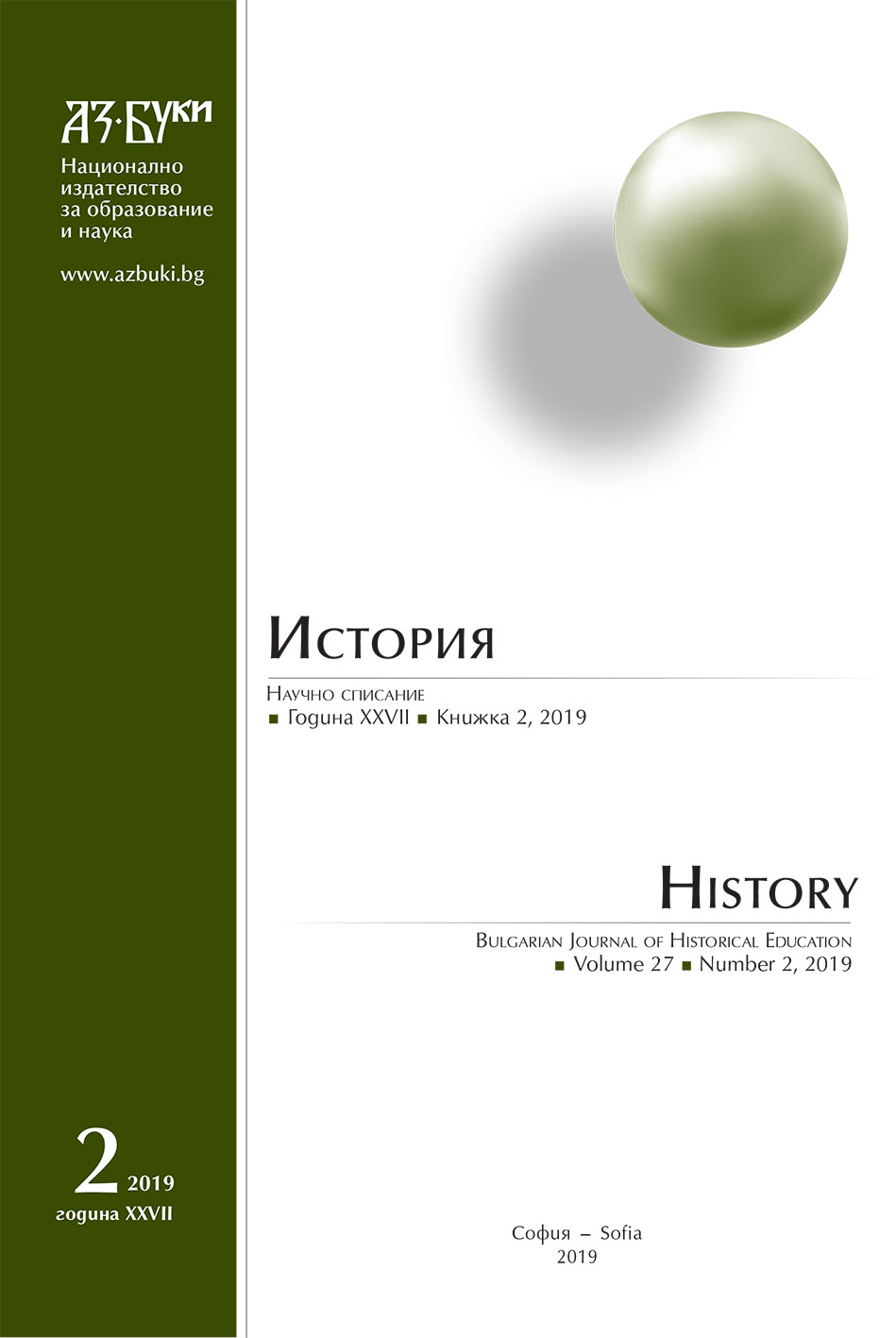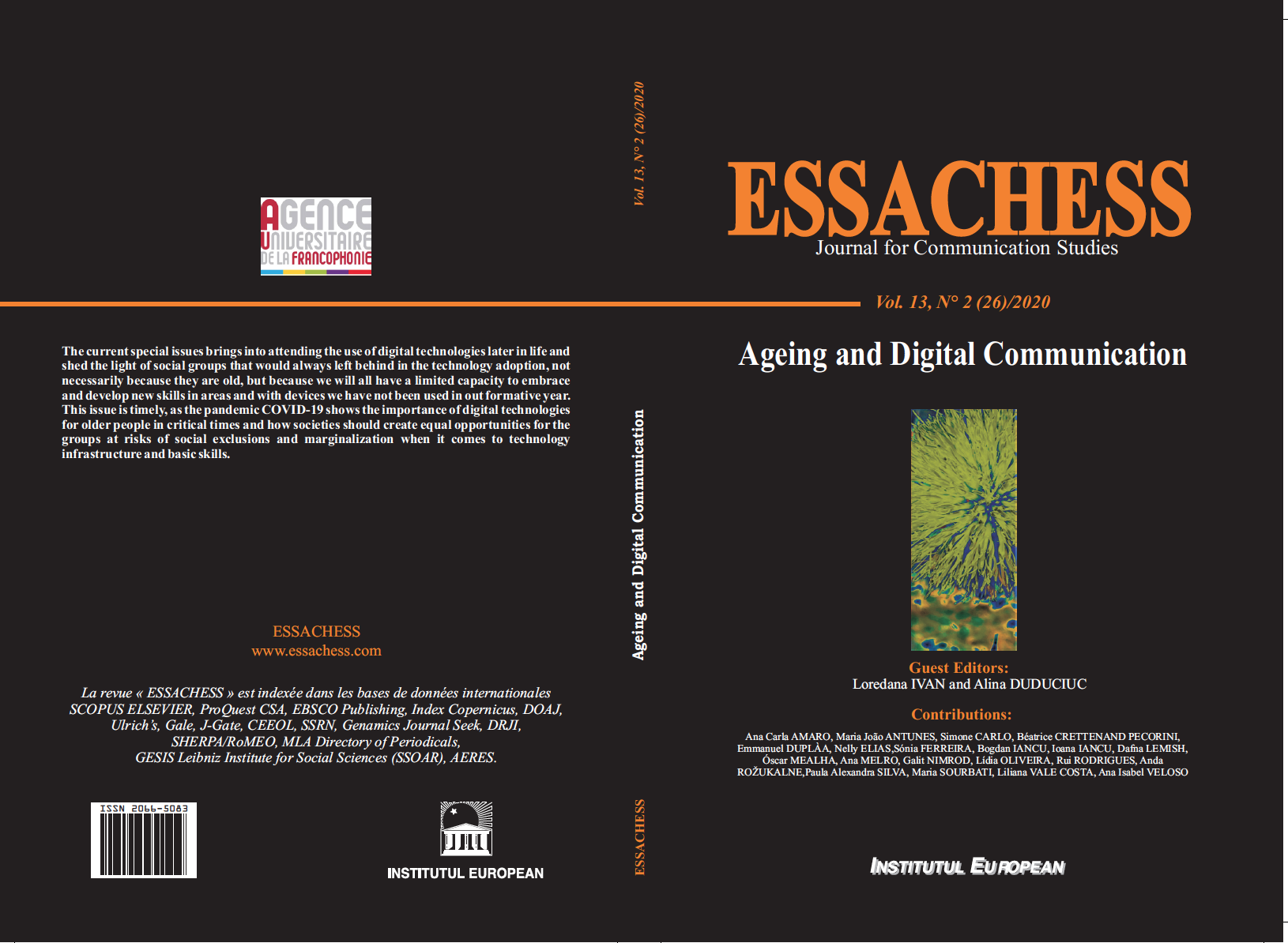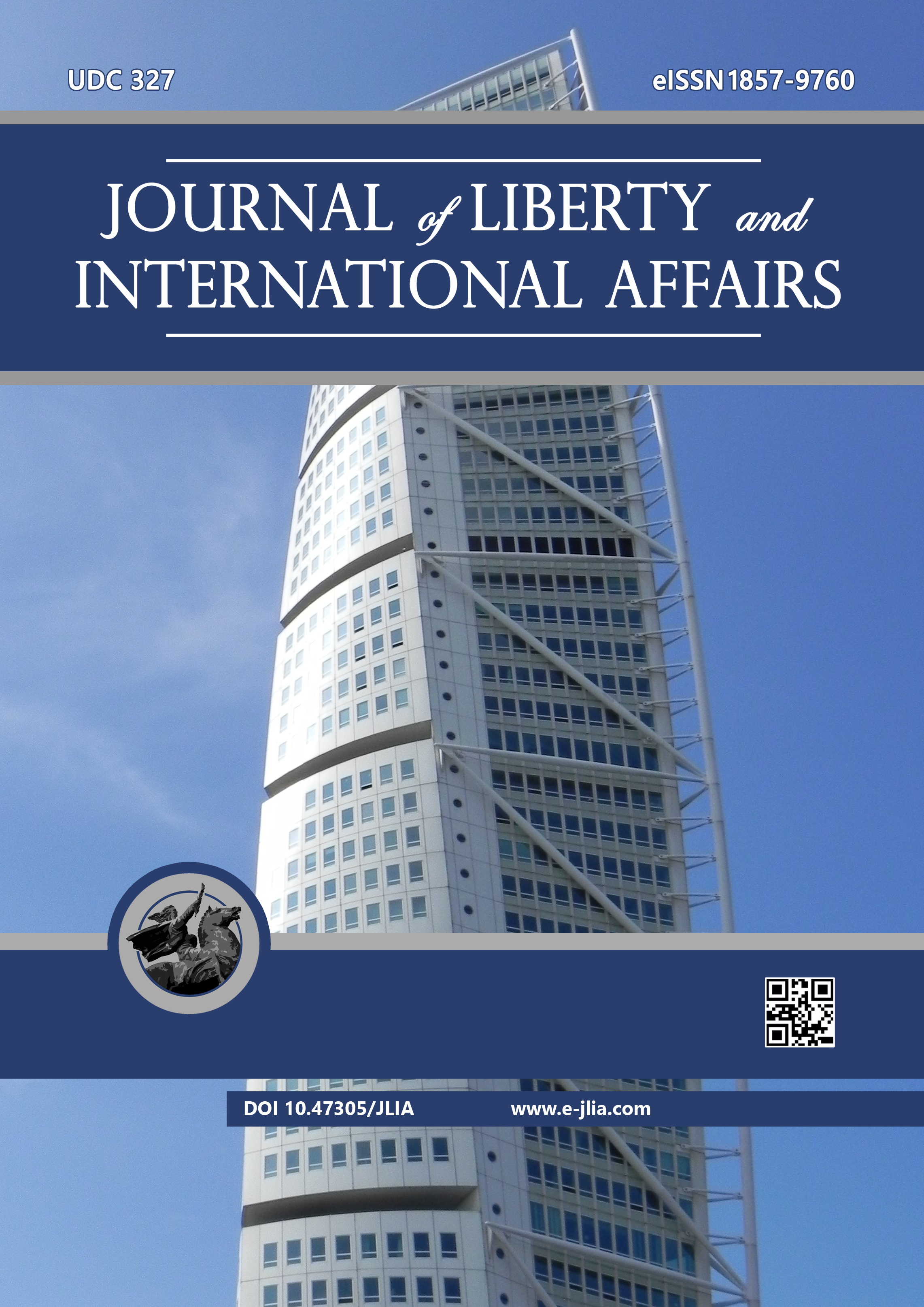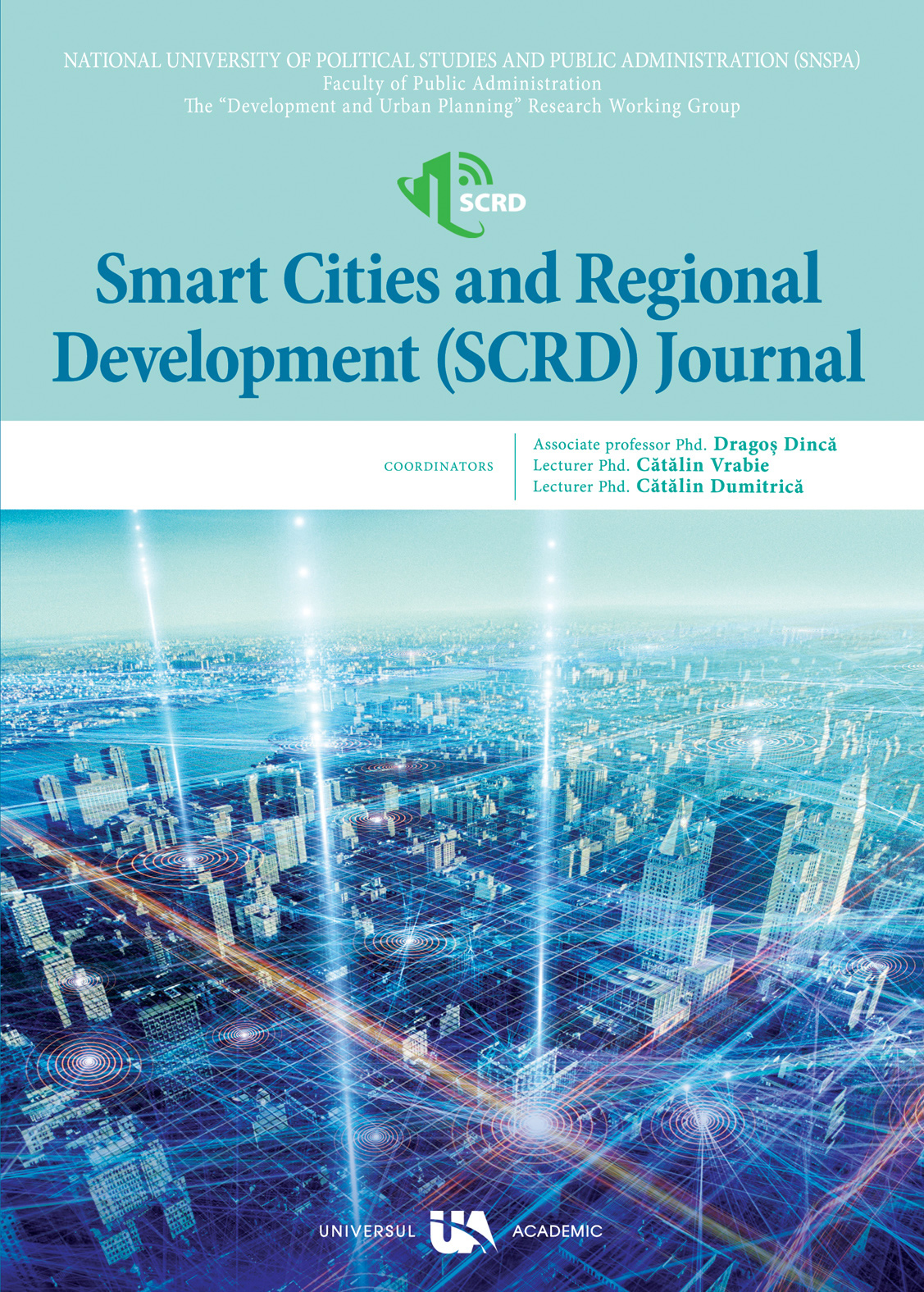
We kindly inform you that, as long as the subject affiliation of our 300.000+ articles is in progress, you might get unsufficient or no results on your third level or second level search. In this case, please broaden your search criteria.


The migrations of the Turks from Bulgaria to Turkey in the 20th century are subject of broad academic and pubic discussions; the greatest attention is paid to the last wave of migration of 1989. The article directs the attention further back in the history, to the period from 1950 to 1951 when the Bulgarian and Turkish authorities organized for the first time a mass deportation of over 150 000 Turks. The study discusses the macro and micro framework of that migration flow in the light of the scientificanalytical approach of histoire croisée/entangled history. By means of it, the author analyses the “entangled” policies presented on the basis of Bulgarian, Turkish and other historical sources and compared to ethnographic fieldwork materials collected among the Bulgarian migrants in the city of Izmir. The study works out new issues and issues insufficiently examined of the written and oral history of the Turkish migrants related to the ideas of homeland, the influence of social and kin networks and the reconstruction of identity in the processes of migration, adaptation and integration.
More...
The article is dedicated to one aspect of the long-lasting life of the Cyrillic alphabet, namely the use of Cyrillic script as base for the Slavonic book publishing in its initial period from the end of the 15th – the 16th centuries. The main goal is to illustrate some peculiarities in the grapheme inventory, and to point out the cultural-historical functions of the early printed Cyrillic, the major of which was the preservation and the reproduction of the religious and spiritual identity. Supplementary, but not less important functions were the creation of cultural communities, the integration of the Bulgarian written legacy in Europe, its cognitive, moral, entertaining function, and others. The statement is subjected to the pursuit of shaping historically the relation between alphabet and identity, which should be realized as value, especially in the year of the Bulgarian presidency of the European Union, and the Cyrillic as one of its symbols.
More...
Social transformations, the rapid development of scientific and technological progress, the change of the ruling regimes pose many challenges to the modern citizen. An average person is often not ready to psychologically resist rapid changes, and tries to adapt to them in a different way. In terms of fleeting social changes, we can observe an increase of interest towards religion in certain categories of population, because in a faith in God, people are trying to find spiritual support, protection and answers to the challenges of the present time. In view of this, studies of the transformation of religious consciousness in the conditions of socio-political transformations acquire a special relevance.
More...
Russia has always been making efforts to define itself, since the rule of Peter I, and even earlier, by comparing itself to Kievan Rus and the Grand Duchy of Moscow. Russia has always managed to revive itself as a country, though always different, but the question remained – was Russia the East or the West, or was it something else, no matter how old it was? In all respects, Russia is Europe and its place is in Europe but the way it is governed always pushes the country toward the East.
More...
The post-war situation confronts the Turkish population in Bulgaria with the challenges of both the strained relations between Sofia and Ankara and the assimilation-led policies of the communist ideology against the minority. This publication examines the attempts of the Bulgarian Communist Party to build a new view of life among the Turkish women in Bulgaria through the mechanisms of education and culture. By pursuing its goal of depersonalizing the influence of religion at the expense of emancipatory perceptions of women’s active participation in social and political life the state harnesses totalitarian propaganda in order to change the value orientation of the Turkish women. The striving for modernization of the life of the Turkish women is also in compliance with the specific tasks and problems of the simultaneously pursued minority policy in the country.
More...
The proposed text does not attempt to present in detail the transformations pertaining to the Bulgarian Turks that have taken place in the state system and the society in Bulgaria since November 10, 1989. Rather, it attempts to explore a phenomenon which, at first glance, undoubtedly resembles nostalgia, but reveals, after a more thorough looking into it, the Bulgarian Turks‘ memory of the repressive party line of the totalitarian state and its culmination - the policy of forced assimilation, cynically called „revival process“. Also, the new reality of the Transition evokes a certain perception of the totalitarian regime, not in regards to its construction, normative or services, but in regards to its everyday life expressed through work realization, education, organization of public spaces, etc.
More...
In the context of constant population aging, digital technologies are required especially for communication and geriatric care. However, before a large-scale deployment could be implemented, the general technological acceptance level should be assessed. The paper aims to descriptively analyze the perception of aging adults on mobile technology. Based on Technology Acceptance Model (TAM), the variables considered are emotional attachment on technology, actual use, perceived ease of use, perceived usefulness, and behavioral intentions. Methodologically, a set of semi-structured interviews have been conducted. The results show that although individuals love their mobile devices and although they perceive them as being useful, the devices are not easy to be used and there are numerous concerns regarding technology. Paradoxically, while they claim the like owning smart devices, they consider them too complex and intrusive.
More...
The question posed in the call “How the widespread of new technologies are changing the norms and practices of the later life?” was transformed in the main motivation to write the paper. LOCUS scientific research project addresses the subjects of Internet of Things, its impact in maintenaince and sustainability of Cultural Heritage and the important role of older generations to these operations. What the research team noticed is that sometimes it is the dissemination of technologies (and accompanying infrastructures) that promote their use and the creation of the need. And when the technologies do not exist, the infrastructures are compromised and/or nonexistent. It is considered that there is a before and an after period in the way in which the implementation of technological projects influences rural areas and older people. This also means that there is a high relevance in the second question of the call “How social actors, groups, institutions and mainstream media provide, spread or constrain ways of growing older via digital devices?” But also, a high importance of the project developed for the scientific knowledge advancement in the study areas (Communication, Technology, Sociology, Demography, Geography, etc.). The main conclusions of the paper are that digital technologies contributes to those Cultural Heritage maintenaince and sustainability, however, this is only possible with the mediation of oler people. Consequently, those people need to know or learn how to manage digital media and technology in order to contribute for the projects and technology development. Older people aim to participate in these projects and that also influences on their proficiency on technologies (on a win-win basis).
More...
Academic interests on the impact of media on individuals’ lives often highlight differences in knowledge across generations. The spread of disinformation and its potential impact on societies has added a new dimension to this process - the need to continuously improve media and information literacy (MIL). Thus, the older generations face greater challenges, as they need to acquire new skills more rapidly and on a larger scale. This article analyses interrelations between encouragement measures (implemented by media policy makers) and media literacy perception of middle-aged and older population in Latvia (aged 55 to 75). The research employs data of two national representative surveys (May 2019, 1017 respondents; August 2019, 1005 respondents) that include data on respondents’ perception of MIL and test their media literacy skills. The theoretical background of this paper is supported by literature that discusses age and generations in context of media and technology use (Aroldo, 2014), and the Ideological model of literacy (Street, 1984; 1994). Data shows that a higher proportion of middle-aged and older respondents, compared to other age groups, are not interested in MIL issues and evaluate their MIL competences as rather low, but in the everyday practice their ability to recognize and evaluate information is equivalent to that of other age groups.
More...

In recent years, there have been efforts carried out by international organisations, like the OECD or the EU, to push for smart cities to take inclusion as one of their core pillars. This raises the question of a newly discussed concept: participative (or participation) smart cities. More specifically, it raises the question of whether such a setting or program is feasible , and how passive participants can be transformed into active stakeholder. Hence, the objective of this article is to investigate whether participative smart cities exist in 2021 and what drives their success. In order to answer the research question, this article intends to assess the level of citizen participation in a sample of selected smart cities. Based on existing knowledge, a framework listing the most common citizen participative practices, and with the help of a case design of each selected cities, we establish how participative smart cities are feasible and whether there are institutional and political characteristics that make them differ from smart cities that lack participative processes. We find that institutional determinants are key for cities willing to establish participative platforms involving citizens in the city management processes. The article concludes that if smart cities want to follow international organisations recommendations to make cities more inclusive and participatory, institutional reforms must be conducted.
More...
Urban lifestyle, stressful work, a large number of daily obligations significantly affect the occurrence of stress. If stress reduction is not addressed, adverse effects on human health may occur. This paper proposes a model of smart healthcare service based on the Internet of Things. The main goal is to develop an IoT system that will enable real time monitoring of citizens’ stress in a smart city, during their everyday lives. Users of this system can monitor stress level and receive notifications and recommendation how to low down stress via their mobile phones. Depending of the detected stress level, users of the proposed system can be provided with relaxation materials in the form of short relaxing video or audio contents. After the stress level is normalized, the user receives a notification and can continue with normal activities. Unlike well-known solutions for stress management, this solution is wearable and can provide biofeedback to both, users and therapist or healthcare workers. The proposed IoT system is developed using intelligent devices such as mobile phones, Raspberry Pi microcomputer, Arduino microcontroller, and sensors for monitoring heart rate and skin conductivity. As a support for monitoring stress level a responsive web application is developed. All the measured data are stored in the cloud. Based on obtained and analyzed data, users can manage the stress level and prevent disease. The obtained results could serve as a good basis for adoption and implementation of stress management as a smart city service.
More...
knowledge. Today this process is driven by the new information and communications technologies. While digitisation is permeating all areas of life, it has become clear that technological revolution is not just a purely technical (or economic) process, but also a social one and it is not gender-neutral. Technology can help women and girls access new opportunities, means of expression and channels for participation. However, technological boom can also cause imbalances in the convergent environment. People will need a variety of skills to be able to contribute on an equal footing to the digital transformations but these skills are not equally distributed across all social groups. Debates nowadays extend even further to encompass artificial intelligence and experts have repeatedly underlined that advanced automation technologies can bring about not only great opportunities for humanity but also risks. Challenges can stem from the accelerated use of artificial intelligence without respecting such categories like gender, ethnic and socioeconomic diversity. International bodies raise the admonition that “transparency and accountability for the data behind AI is critical to reducing bias, but very difficult to govern or enforce.” The 2030 Agenda for Sustainable Development and its 17 Sustainable Development Goals (SDGs) [1] embody a human rights’ based roadmap for progress that is sustainable and leaves no one behind. Achieving gender equality and women’s empowerment is a crucial goal among others in this important set of priorities for humanity. Only by ensuring the rights of women and girls across all the goals will we get thriving economies, a sustaining environment now and for future generations and genuine social inclusion for a smart society. The article will present a new elaborated version of the summary of the research on gender issues in the converged environment done in the period 2018 – 2020 within the EC COMPACT project.
More...
Before the Taliban came back to power in Afghanistan in August 2021, India and Afghanistan had cordial bilateral relations and were often described as great friends. Since 2002, India had helped build several infrastructure projects as part of its promised development assistance program of over $2 billion (later increased to $3 billion). Considering India’s investments in Afghanistan, the goodwill it enjoyed among common Afghans was understandable. However, it would be wrong to imply that these unique, multifaceted bilateral relations between the two countries were simply due to India's helping hand. This research paper is one of its kind attempt to explain the perceptions Afghans had about India based on the field survey done in Afghanistan in 2019. Using responses of over 321 Afghan participants, the paper attempts to quantitatively analyze the goodwill and positive vibes that India enticed among Afghans. However, many Afghans felt that India did not do enough during the crisis in August 2021. Based on the survey and the general perceptions of Afghans in the aftermath of the return of the Taliban, this paper argues that the soft power investments in Afghanistan helped India in its nation-branding, making it attractive and creating goodwill. However, New Delhi lacked the will to act smartly and hence did not get the desired strategic influences due to ‘soft power behavior’
More...
The paper analyzes the main aspects of ambient advertising, metaverse and smart cities. This type of advertising is creative, relatively inexpensive and uses the context of a city’s area to provide a new experience to its residents and tourists. The article aims at displaying the overlapping of this marketing communication with the urban context and how both companies and municipalities could benefit from using it. The types of ambient advertising are studied, as well as their application in the communication of organizations with people in cities. Through content analysis and case studies the connection between ambient advertising and metaverse urban areas with its residents is studied. This paper adds on several previous studies [1, 2, 3] and some others in the context of smart cities and metaverse ambient advertising, while proposing an additional method of tracking user experience – eye tracking. Key elements of ambient advertising, the metaverse and smart cities are studied, as well as interactivity and connectivity. Through the analyzed examples the positive aspect of using this marketing communication is displayed, since it makes it possible for the residents to see the same environment in a new and interactive way. Thus, the connection between them and the urban space becomes stronger and more entertaining. This paper could be of interest to academicians and practitioners in the sphere of marketing and advertising, as well as representatives of municipalities, who aim at providing their residents an additional level of experience with the urban areas of the future.
More...
The article traces the emergence of the smart city concept, and how it has developed in the global North and the global South. The article further explores the discourses around smart cities as found mentioned in the scholarship, and in several attempts to define a rather ambiguous term smart city, exploring different aspects/dimensions/components of a smart city in general, and in relation to citizenship and rights, in particular. The discourses are broadly categorized under the themes of urban governance, citizenship rights and technology-society nexus. An understanding of the genealogy of the smart city concept and discourse would be helpful in understanding how the idea has taken space in urban governance with implications including on citizenship rights.
More...
The main objective of this study was to determine the cost-effectiveness of green spaces in controlling environmental and health risks in residential areas. The study aimed at comparing the costs of using green spaces and the costs of conventional infrastructure in controlling environmental and health risks. Many scholars have qualitatively reported that residential home greenery is recognized as an important component for the control of environmental and health risks. However, the cost-effectiveness of green spaces relative to man-made solutions for the same is not documented with certainty. The study deployed a questionnaire, field observation and measurement methods for data collection. The study revealed that, depending on location, residents face five major environmental and health risks; fugitive dust, violent wind, runoffs, animal habitat deterioration, soil erosion and flood water. The percentage of households using green spaces as a strategy for controlling the aforementioned risks is still minimal despite the high monetary saving. The majority of the respondents’ home greeneries are incorrectly orientated and home entrances appear to be more of a factor in determining where green space is located. With exception of risks of run-offs, utilization of green spaces in controlling environmental and health risks saves more than 90% of costs compared to costs for a man-made solution and 61% for run-off control. Results imply that there is a need for advocacy for greater realization of green space as a cost-effective strategy in controlling environmental and health risks among residents, environmentalists, planners and disaster risk practitioners in Dar e salaam City, Tanzania.
More...
The late 1990s, when censorship was introduced in China, was a watershed moment for many Chinese companies. At that time, as many Western applications became banned in China, Chinese entrepreneurs began to develop their products at a much faster pace. An example is Tencent company which launched the WeChat application, which revolutionized the E-commerce market in China within just a few years. Chinese E-commerce differs from the Western Internet markets by the characteristics of consumer behavior, shopping platforms, or brands, which is a new co-creation model among consumers and brands. The given research paper presents a fragment of the results of own research conducted among the entrepreneurs and individuals who use the WeChat application for business or/and private purposes in China. The aim of the following study is to present the Chinese E-commerce market, and the difference between the Western and Chinese customer approaches in the example of the WeChat application. The research method used is a WeChat application case study in China. The source of the work is an analysis of the literature query in the field of E-commerce, analysis of the statistical data, and primary data, i.e., a fragment of the results of the pilot own research.
More...
In the article „The fate of frozen conflicts in the Black Sea region in the context of the war between Russia and Ukraine“, prof. Natalia Bekiarova argues that the continued existence of frozen conflicts is an anachronism in the international life and an opportunity for their solution should be sought. The tendency to de-frost the so-called frozen conflicts in the region and their nature and characteristics are explained. The destabilizing role of Russia in the post-Soviet space is substantiated and the possible prospects for regulating the frozen conflicts in the conditions of the war between Russia and Ukraine are outlined. Special attention is paid to the Nagorni-Karabakh conflict between Armenia and Azerbaijan, which has already been softened and is expected to be finally resolved in the foreseeable future. The conflicts on the territories of Georgia and Moldova are also awaiting a solution. The same refers to the frozen conflicts in Donetsk and Luhansk, which have meanwhile joined the Russian Federation.The fate of all conflicts depends on the development of military operations on the fronts in Ukraine. The way in which the outcome of the war will affect the regulation of conflicts is suggested. It is emphasized that only a military victory of Ukraine and restoration of the authority of international institutions could ensure peaceful and relatively fair solution of the mentioned conflicts above. It is concluded that the Black Sea region will remain deeply divided and confrontational for a long time, and the countries will experience serious economic, social and political difficulties.
More...